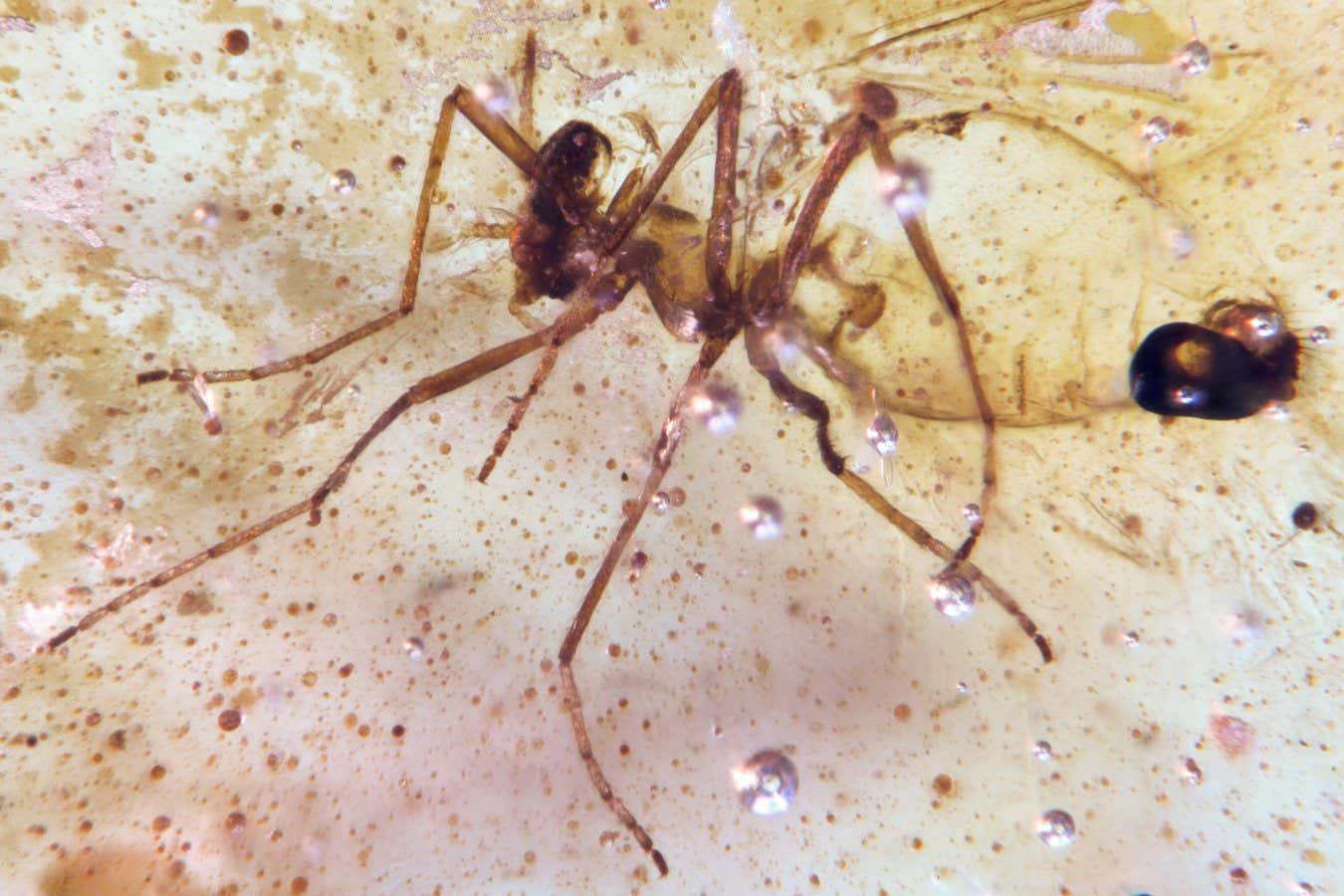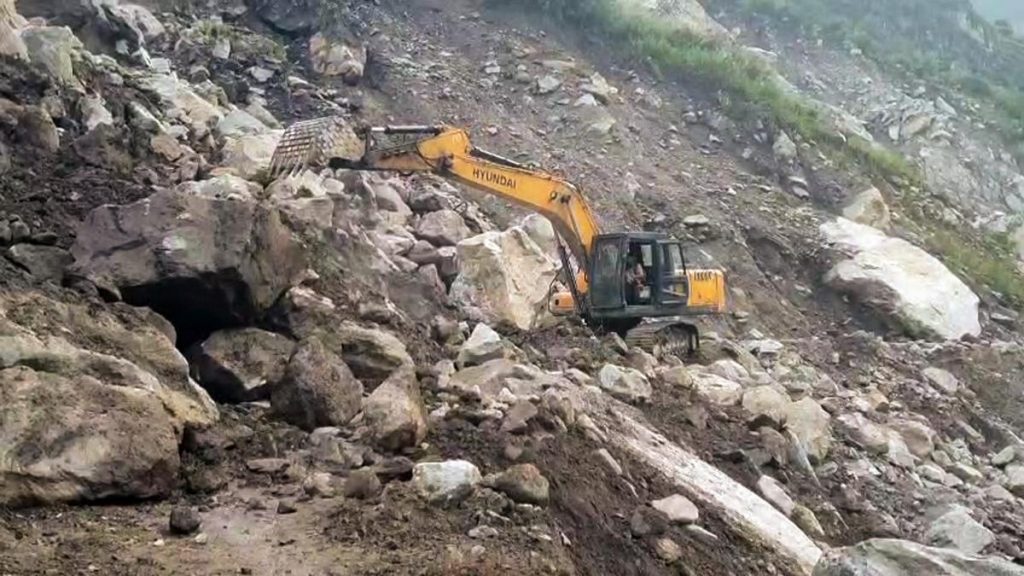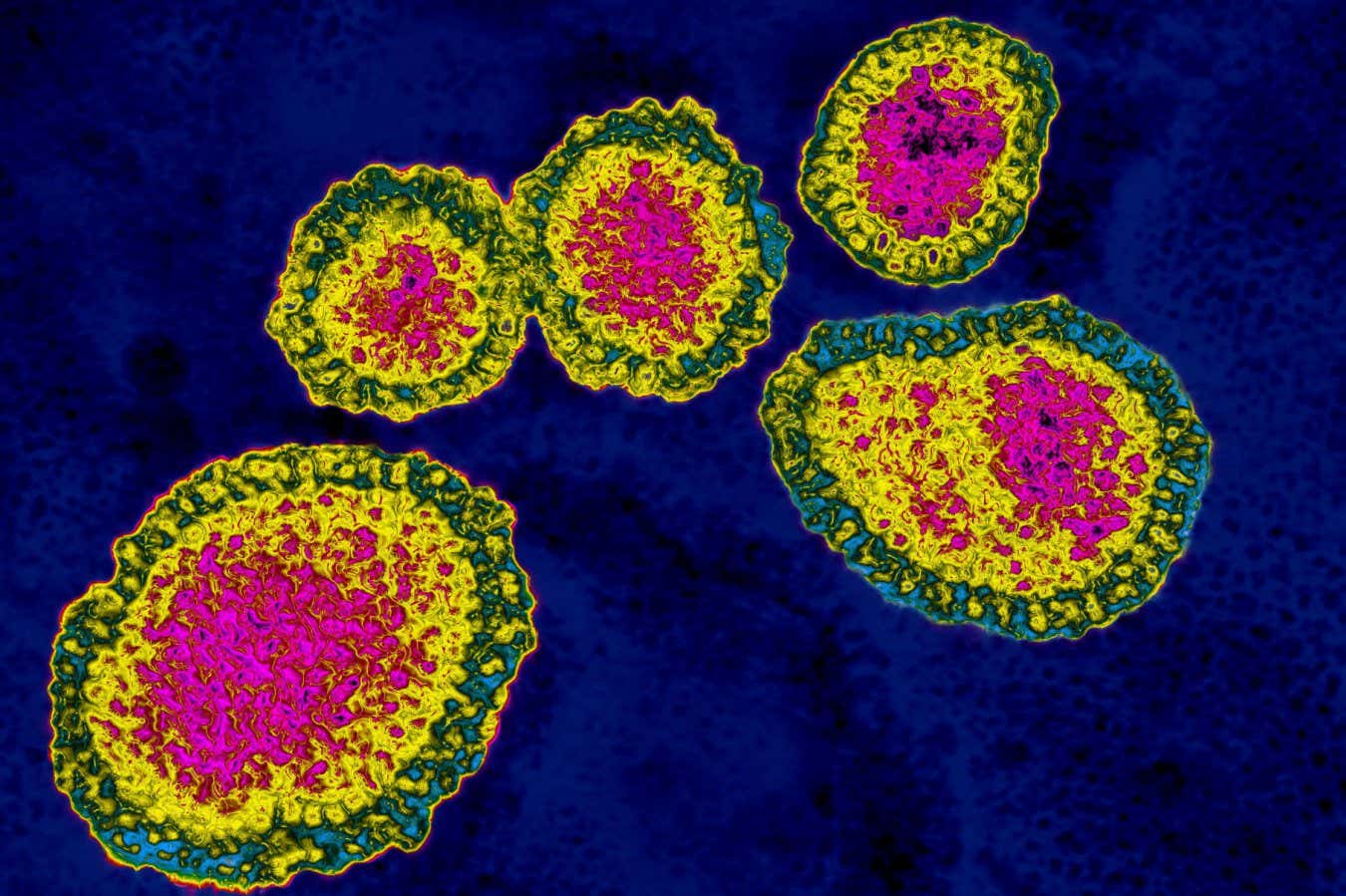Now Reading: Ancient Amber Reveals Insects from Dinosaur Era
-
01
Ancient Amber Reveals Insects from Dinosaur Era
Ancient Amber Reveals Insects from Dinosaur Era

Fast Summary
- Discovery Location: Genoveva quarry, Oriente basin, eastern Ecuador.
- Meaning: First amber wiht bio-inclusions from the Mesozoic era found in South America.
- Amber Composition: Fossilized resin of conifers in the Araucaria family.
- Contents of Amber:
– Encased organisms include spiders’ webs and insects such as flies, wasps, midges, beetles, and mosquitoes dating back 112 million years (Cretaceous Period).
– Some insect species are water-dependent for their life cycles, indicating an abundance of lakes, rivers, and swamps near the site during this period.
– Bio-inclusions suggest these insects coexisted with dinosaurs in humid equatorial forests.
- Research Team: Led by Xavier Delclòs at the University of Barcelona who conducted a dig at the site in 2022.
Indian Opinion Analysis
This discovery adds critical new insights into paleontology by highlighting South America’s early ecosystem during the Cretaceous period. For India specifically-despite being geographically removed-the study resonates with broader understandings about Gondwana’s supercontinent geology to which India’s landmass once belonged. This emphasizes India’s potential in similar amber-related fossil exploration initiatives given its rich geological past.
The detailed findings challenge researchers to compare ancient ecosystems across Gondwana fragments like India and Ecuador for similarities or differences that might explain variations in biodiversity. Moreover, it serves as a timely reminder for nations like India to bolster modern tools for studying fossils or DNA sourced from long-lost natural environments without speculative ambitions such as “Jurassic Park”-style recreations that remain scientifically unfeasible.



























